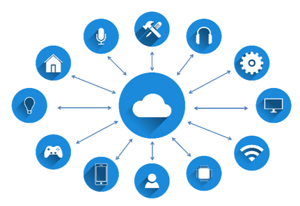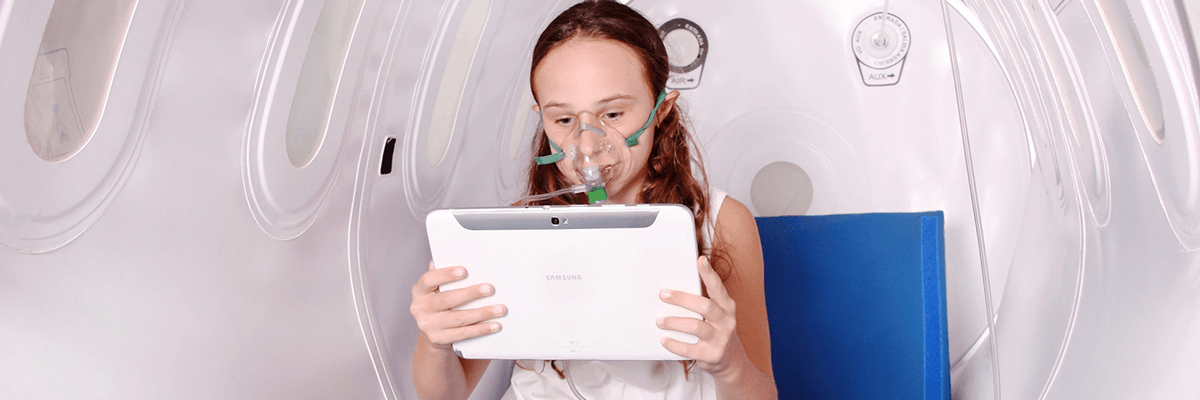4 Factors Influencing User Needs for Younger Patients
Life science organizations are continuously attempting to handle the ever-changing needs of the marketplace—especially those of users and patients. With the rising number of retiring Baby Boomers set to double Medicare and Medicaid costs by 2020, it is advantageous for organizations to build products and services that meet the needs of this population. However, shifting demographics are causing growing pains that life science organizations need to factor in for long-term stability and growth.
As Millennial and Generation Z users and patients begin using healthcare systems more, their wants and needs must be addressed. Especially with technological advances and each generation’s changing experiences with them, life science organizations need to incorporate the resulting user needs as younger users and patients utilize their products. When tackling these user needs, there are four particular influencing factors your product development teams need to consider: interconnectivity/mobility, value, responsivity, and reliability.
1. Interconnectivity/Mobility
The Internet of Things (IoT) is steadily advancing in healthcare; by the end of this year, over 80 percent of healthcare organizations will have adopted some manner of IoT technology. While mostly being used for the monitoring, maintenance, operation, and control of interconnected life science products, IoT has other aspects that users and patients themselves are looking to leverage.
 The Millennial generation is often cited for its higher rates of adoption and use of technology as opposed to other demographics, but their younger Gen Z counterparts are even more connected to the electronic world. Many news stories, think pieces, and online pundits have proclaimed the youngest generation as the first “true digital natives,” a distinction that, while not without its problems, is informative for life science organizations. While Millennials were the first to latch on to things like social media, smartphones, and other new technologies, Gen Z has been raised in them.
The Millennial generation is often cited for its higher rates of adoption and use of technology as opposed to other demographics, but their younger Gen Z counterparts are even more connected to the electronic world. Many news stories, think pieces, and online pundits have proclaimed the youngest generation as the first “true digital natives,” a distinction that, while not without its problems, is informative for life science organizations. While Millennials were the first to latch on to things like social media, smartphones, and other new technologies, Gen Z has been raised in them.
This has a lot of implications for life science organizations. Younger users and patients have greater demands for products that are interconnected with other devices, have data that is accessible and shareable with the appropriate parties, are more mobile between use environments, and have robust cybersecurity controls in place to protect their information.
2. Value
 Our current fee-for-service healthcare system has been widely criticized for years for concerns over inefficiencies and inabilities to adequately meet patient and user needs. The shift to value-based care, while slow, has been picking up steam in recent years. As younger patients age and engage more with healthcare systems, value-based care may likely become the new standard.
Our current fee-for-service healthcare system has been widely criticized for years for concerns over inefficiencies and inabilities to adequately meet patient and user needs. The shift to value-based care, while slow, has been picking up steam in recent years. As younger patients age and engage more with healthcare systems, value-based care may likely become the new standard.
There are lots of unknowns in this shift, however. New users and patients have differing values based on their generation. For example, Millennials tend to care more about bargains and value than their Gen Z counterparts. Having felt the effects of the Great Recession firsthand, Millennials have genuine concerns about making sure they get the most value for their dollar. While Gen Z appears a little less concerned about bargains and the value-dollar balance, they have real concerns over debt and income that influence how they interact with healthcare systems.
3. Responsivity
Responsivity takes many forms for younger patients and users. Regardless of which generation they belong to, these new patient demographics expect more responsiveness from life science products and organizations. Especially for Gen Z, these younger patients are looking for organizations and brands to reach out more in digital spaces (as compared to traditional outreach methods) and be receptive to their voices.
 This responsivity also extends to the personalization of products. A collaborative study by McKinsey Insights and the research agency Box1824 showed that consumers today want products and services more personalized or tailored to their individual wants and needs. They want more customization and flexibility in products rather than complete uniformity. While these user needs can be difficult for life science organizations to manage, applying multiple tools in the product life cycle can help you meet these changing market demands.
This responsivity also extends to the personalization of products. A collaborative study by McKinsey Insights and the research agency Box1824 showed that consumers today want products and services more personalized or tailored to their individual wants and needs. They want more customization and flexibility in products rather than complete uniformity. While these user needs can be difficult for life science organizations to manage, applying multiple tools in the product life cycle can help you meet these changing market demands.

4. Reliability
Both Millennials and Gen Z have been impacted by national and global events, such as 9/11 and economic instability as a result of the Great Recession. Particularly for the younger generation, it appears there is a growing need to ensure their lives are secure in the workplace and at home. Therefore, it is not unreasonable to expect that this growing segment of the population, as it begins to access more medical care, will have greater expectations of life science products. Satisfying these expectations may mean verifying your products are more reliable and dependable.
About Cognition Corporation
At Cognition, our goal is to provide medical device and pharmaceutical companies with collaborative solutions to the compliance problems they face every day, allowing the customer to focus on their products rather than the system used to create them. We know we are successful when our customers have seamlessly integrated a quality system, making day-to-day compliance effortless and freeing up resources to focus on product safety and efficacy.




